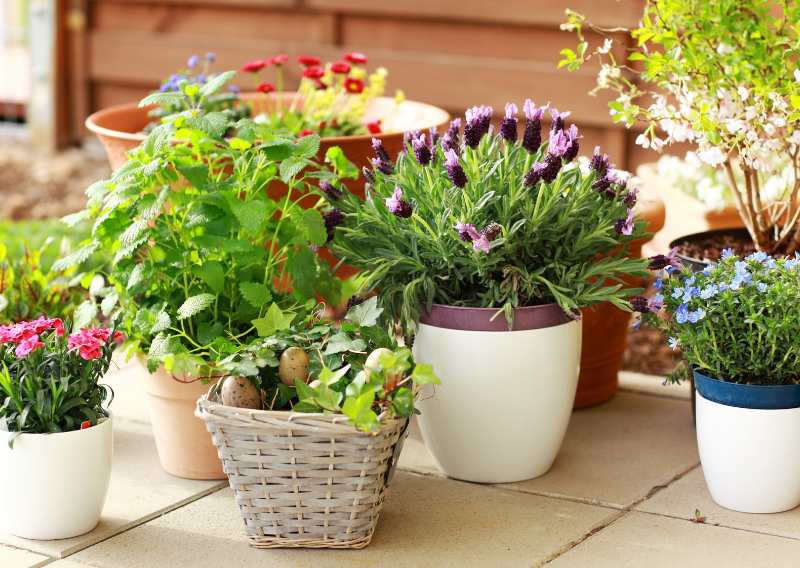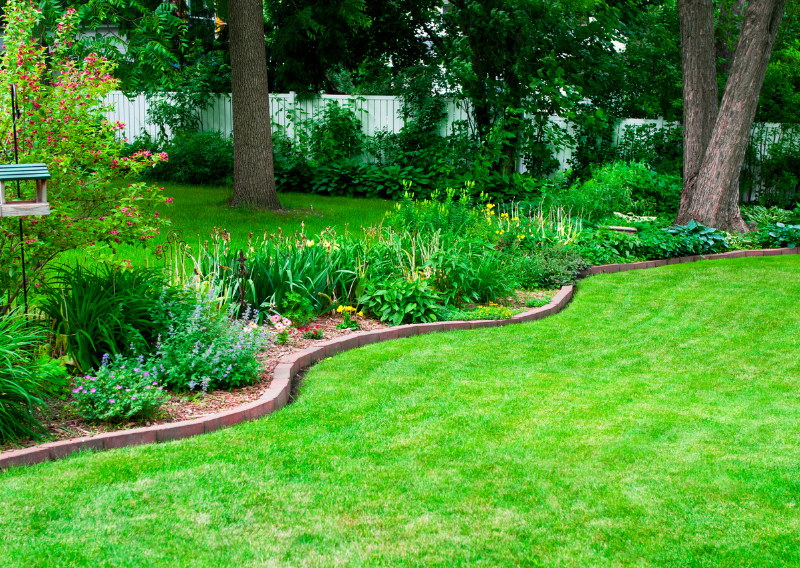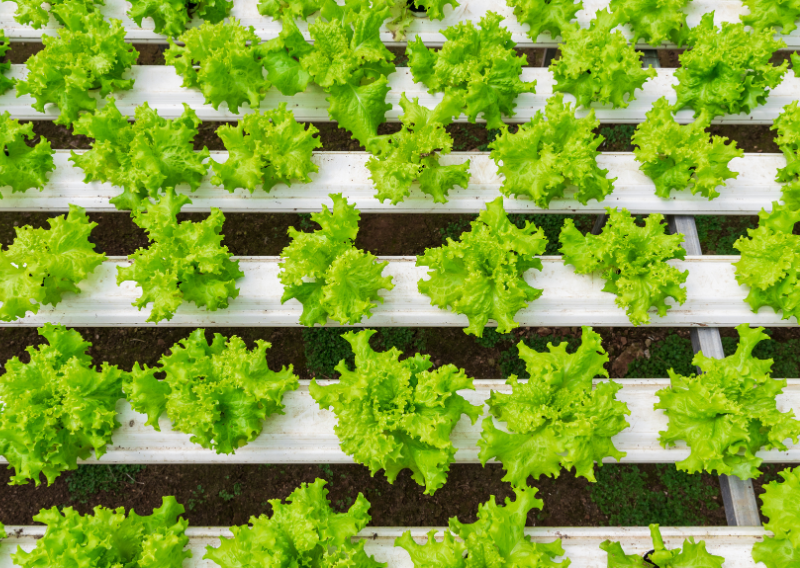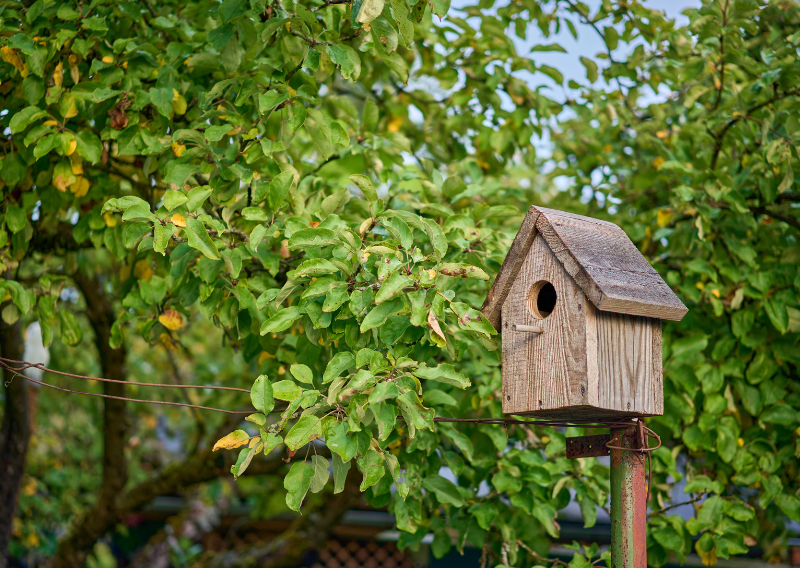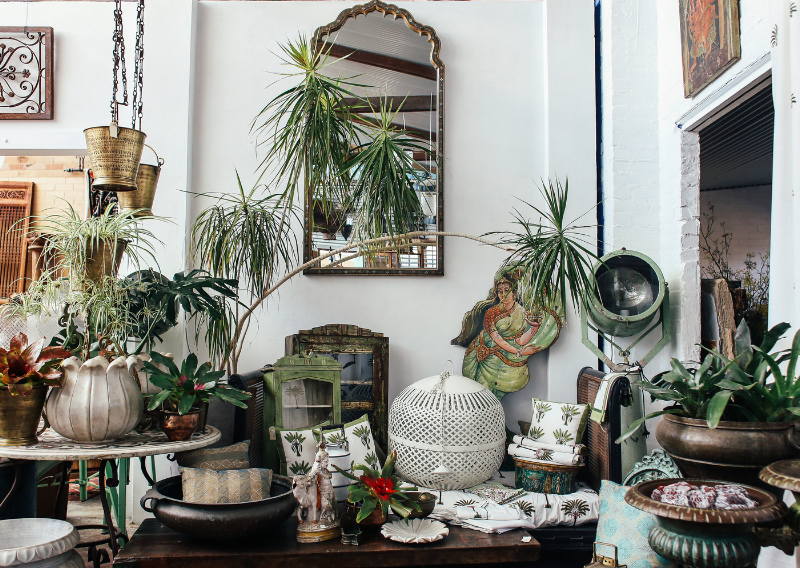
How to Prepare Your Plants Before Going on Vacation: Essential Care Tips
For those who have already got plants, you know they’re more than just pretty things to look at. They need a fair amount of care to do well as little green roommates. It’s like finding the perfect mix between art and science to keep plants happy. You have to give them just the right amount of water and make sure they get just the right amount of sunlight. But what do you do when you need to go on vacation? Even if it’s just a short weekend trip, a long road trip, or your long-awaited dream holiday, you still want to make sure your leafy friends will be alive and well when you get back.
It can be scary for even experienced plant parents to leave their plants alone for days or weeks at a time. “Will they dry out?” is probably what you’re thinking. Do they have too much sun? Or even worse, will they die while I’m not there?” That’s okay, there are lots of ways to get your plants ready for a break, so you can take a trip without feeling bad and come back to healthy, happy plants. If you plan ahead and use these tips, you can make sure your plants stay happy, hydrated, and look great while you’re away. Now let’s talk about what you need to do to take care of your plants while you’re away!


Plan Ahead for Your Plants
You’re just asking for trouble if you leave your plants without a plan. When you’re on a short holiday, you might only need to water and pat the leaves. You should show them more love before you leave if you’re going to be gone for a longer time. How ready you are should depend on how long you’ll be gone and what your plants need.
- 1-3 days: Before you leave for a short trip, giving most plants a good drink of water should be enough. At least an inch down, check the dirt to see if it’s wet. This is especially important if you have plants that like it dry, like cacti or succulents.
- 4-7 days: Your plants will need more care when you take longer breaks. To keep moisture levels steady, you could use self-watering options like water globes, water wicks, or do-it-yourself water bottle systems. Some plants, especially tropical ones, will do better with more humidity. To make a mini-humid environment, group them together or put a small bowl of water nearby.
- 8+ days: You’ll need a mix of methods when you’re away for more than a week. First, give your plants a good soak in water. Then, set them up with a self-watering system, such as a DIY drip system, or put them in a small water tray so they can slowly take in water. If you want plants that love light to stay healthy, make sure you put them somewhere with partial sunlight.
Assessing Your Plants’ Needs
Each plant has different needs when it comes to light, water, and temperature. Here is a quick list of some common “care profiles” you may see:
- Cacti and succulents: These plants don’t need much care and can go weeks without water, so they won’t be upset about a break.
- Ferns and tropical plants: High-maintenance types that like humidity and will need more care.
- Flowering plants: These can be different for each plant, so make sure you know what it needs. African violets, for instance, like it warm and with light coming from the side.
Self-Watering Techniques: Keep That Soil Moist
- Water Wicking Method: Get some cotton string, wire, or even old shirt strips. Put one end in a big bowl of water and bury the other end a few inches into the ground. Over time, the line will slowly bring water to your plant. It doesn’t cost much and works well for a few days.
- DIY Self-Watering System with Bottles: Use an old drink or water bottle for this. Put soil around the outside of the cap, fill it up, and then put it upside down in the ground. The water will slowly drain away, but the dirt will stay moist.
- Water Globes or Bulbs: These orbs made of glass or plastic slowly add water to the ground. They’re simple, can be used again, and look pretty cool.
Adjusting Your Plant’s Environment
Light and humidity are very important for plant growth, especially when you’re going to be away for a long time.
- Move Them Away from Intense Sun: If your plants are close to a window that gets full sunlight, you might want to move them farther away. Less light can help plants grow more slowly and need less water.
- Group Plants Together: Because plants give off water, putting them together makes a micro-humid setting that is great for tropical plants.
- Raise Humidity with a Pebble Tray: If your plants like it damp, put a tray with rocks and water under them. Your plants will be happy as the water disappears and raises the humidity around them.
Plant-Sitting Services: Get a Friend Involved!
Sometimes, the easiest thing to do is to ask for help. To make it easy, do this:
- Make a Quick Guide: Write down how often to water each plant, what lights it likes best, and any other care instructions.
- Add a Reward: Give your friend a small gift, like a thank-you gift or their own nice plant.
- Communicate Clearly: Show your friend around your “plant nursery” before leaving. You’ll feel better knowing they know exactly what to do.
Best DIY Alternatives for Plant Care
If you like to do things yourself and like to make, here are some more plant self-care hacks:
- Plastic Bag Greenhouse: It may sound silly, but putting a clear plastic bag over your plant (with holes in it to let air flow) can make it feel like a mini-greenhouse, keeping the wetness in and reducing the need for water. It works especially well for plants that like damp.
- Bath Time for Big Plants: If you have big plants, you can leave them in the bathroom with a little water on the bottom. This lets the plant take in water through the drainage holes, keeping them moist without making the dirt too wet.
How to Handle Plant Emergencies on Return
You may return to a scenario that requires some rescue work after your much-needed rest. If your plants don’t appear as vibrant as you had planned, don’t worry; travel can also throw off their rhythm. Here’s a simple guide to help your plants return to their normal selves and deal with any problems that may come up when you arrive home:
- Water Thoroughly if the Soil is Dry: If the soil is very dry, give the plants a good drink—but not all at once. If you get home and see that the plants are drooping and the soil is very dry, you should water them well. To keep the plant from being shocked, add water slowly at first. Check the soil after 15 minutes and add more if it’s still dry. Usually, it’s best to water plants at different times so that the roots can slowly get water again.
- Check Leaf and Stem Health: Check the leaves and roots for signs that the plant is either too dry or too wet. If the leaves on your plant turn yellow or become crispy, it may have dried out too much. Cut off any leaves or stems that are hurt so that the healthy parts have room to grow back. If the plant has mushy leaves or darkened roots, on the other hand, it may have had too much water. Cut back any areas that are hurt and wait a few days before watering again.
- Inspect for Pests: Bugs and other pests may move into an empty house, so look under the leaves and around the soil’s edge to see if any have already settled in. If you see any unwanted guests, use a good pesticide on the plant, like neem oil, or use a damp cloth to wipe down the leaves if it’s just a small problem.
- Ease Back into the Light: Because they’re used to being in bright light, plants that have been sitting out of direct sunlight for a while may be a little sensitive to light now. Instead of putting them in a bright light all at once, move them closer and closer to where they usually are. So they don’t get “sun shock” and have time to get used to the light again.
- Revive Humidity-Loving Plants: You can quickly raise the humidity for plants that need it, like ferns and calatheas. This will help them wake up. To let them soak up water from the air, mist them lightly or leave them in the bathroom while you shower.
Getting your plants ready for vacation might sound like extra work, but it will help you relax and enjoy your trip more. Just remember that every plant has its own needs. If you get ready, whether you do it yourself or hire a reliable plant sitter, your green friends will be happy to see you when you get back.
Have a great trip!

